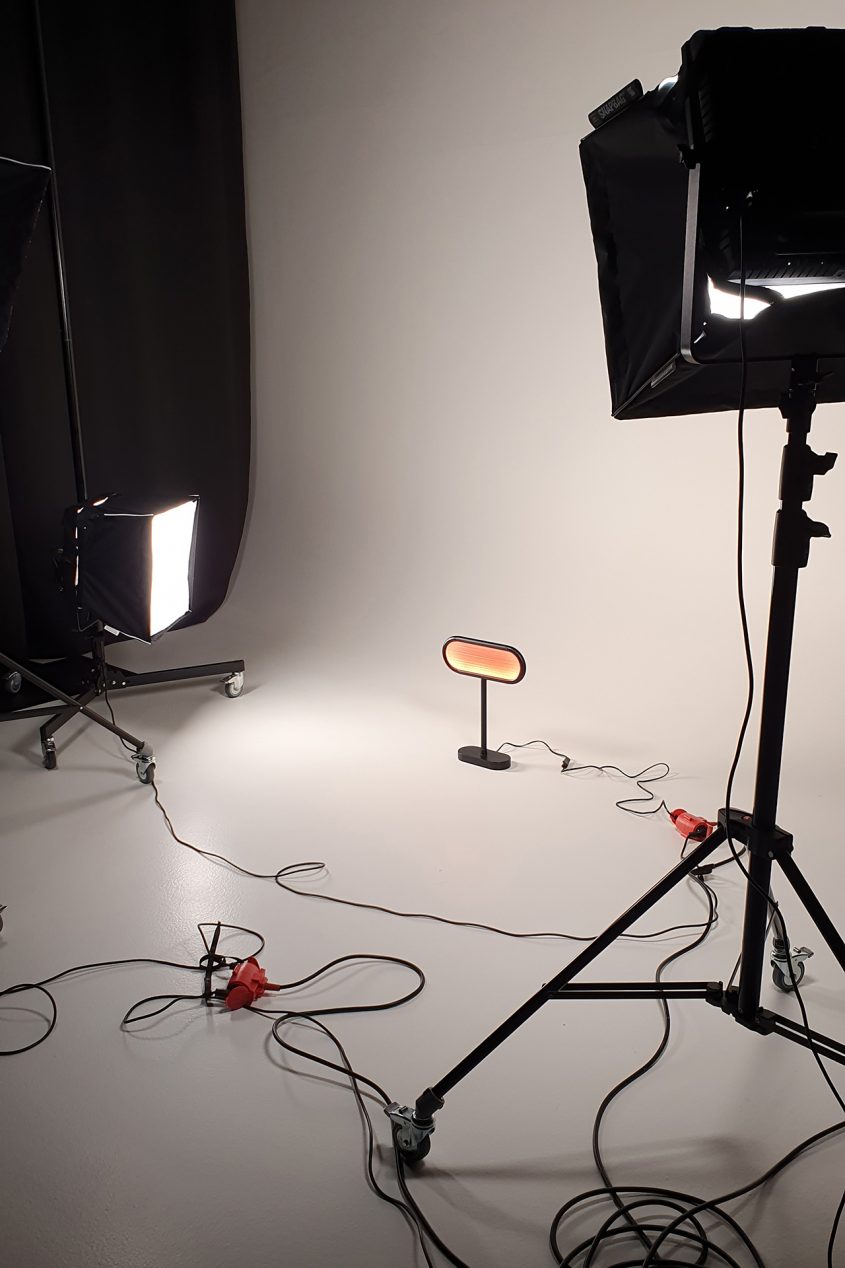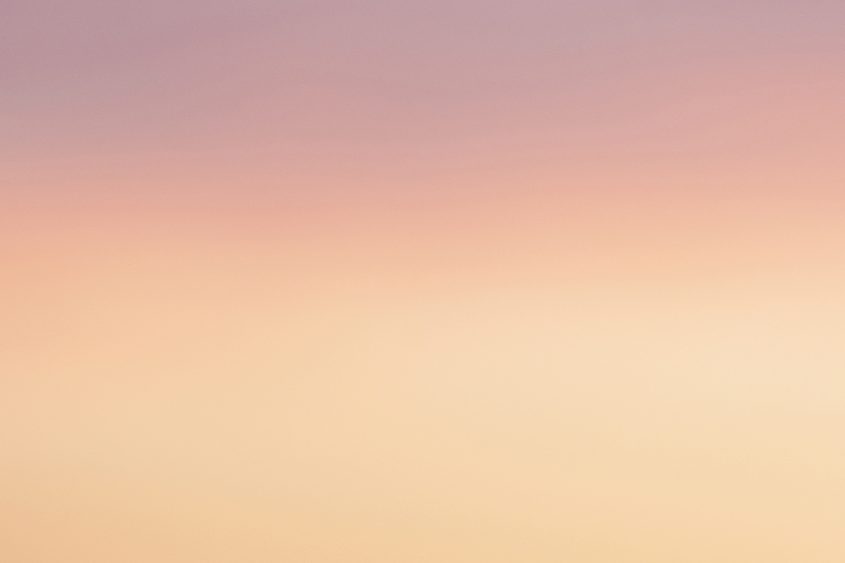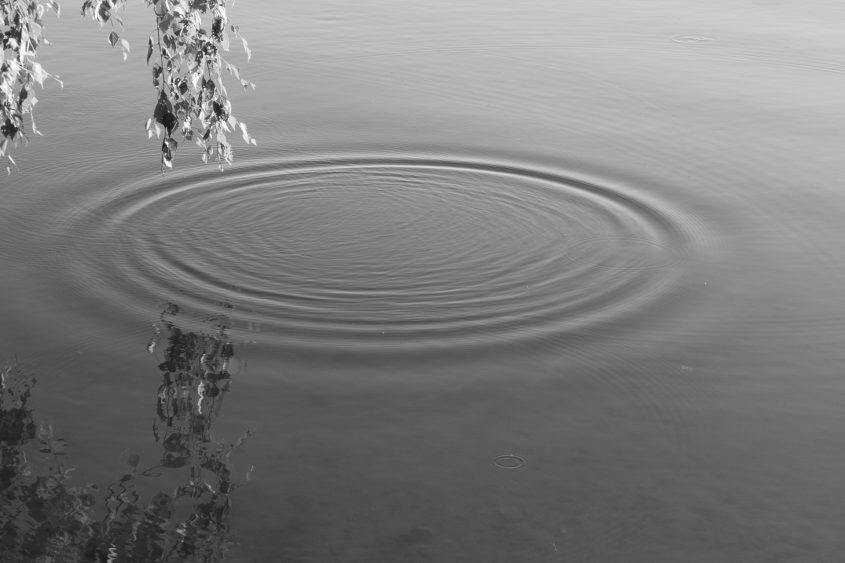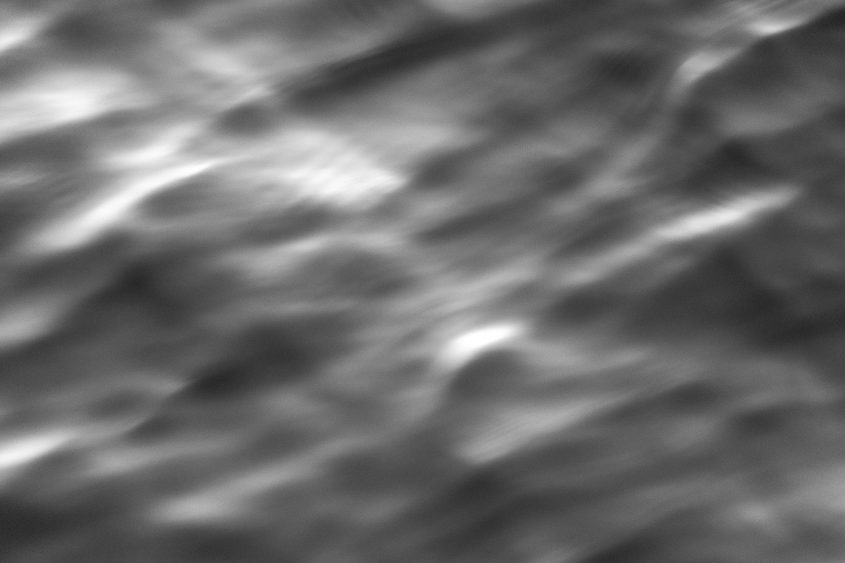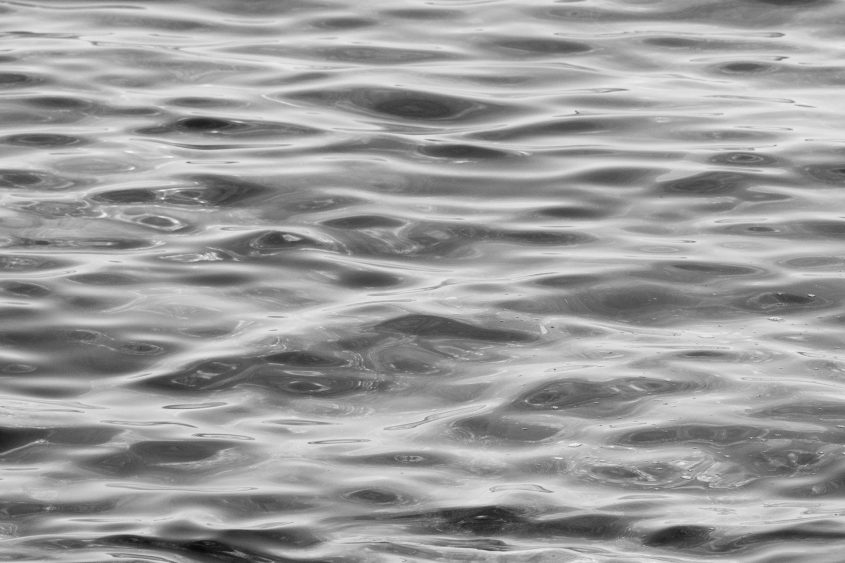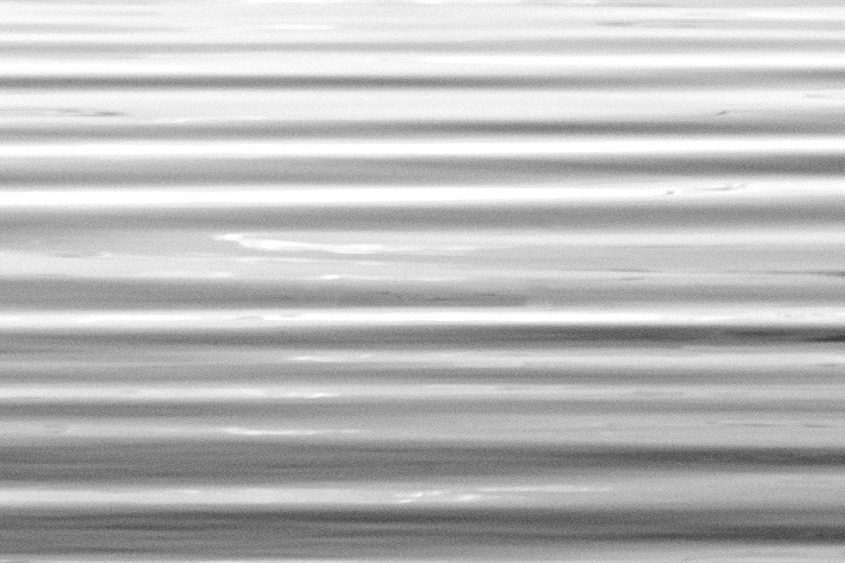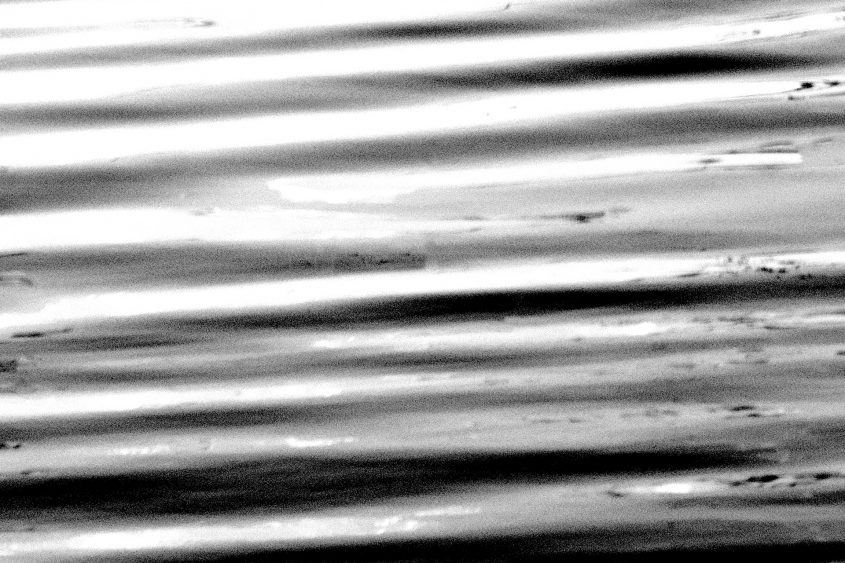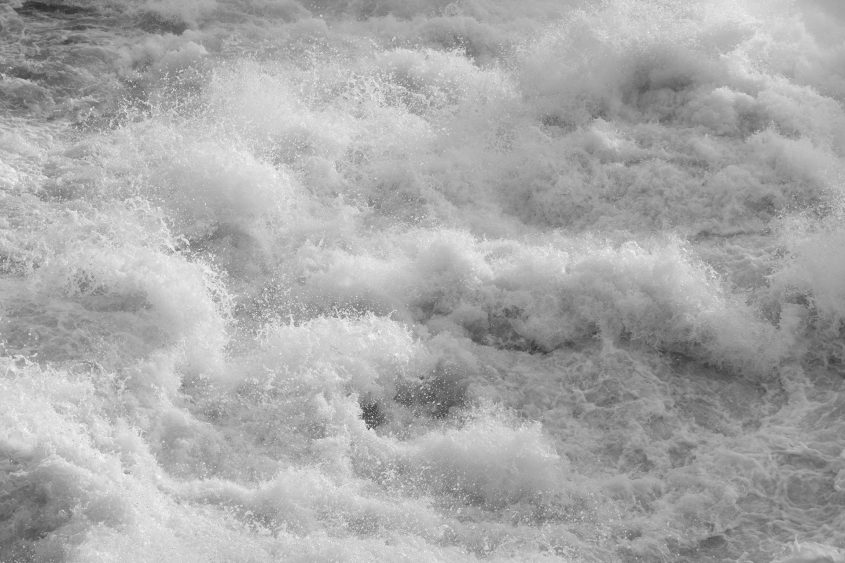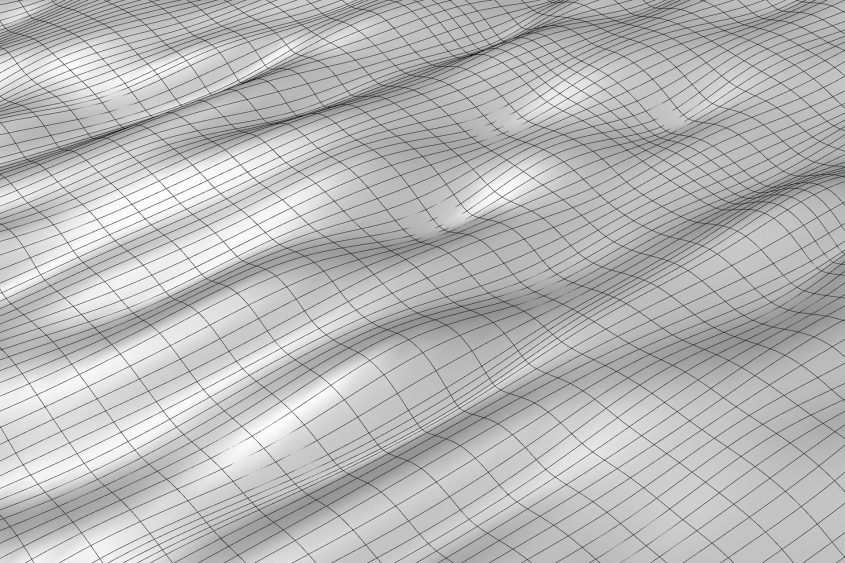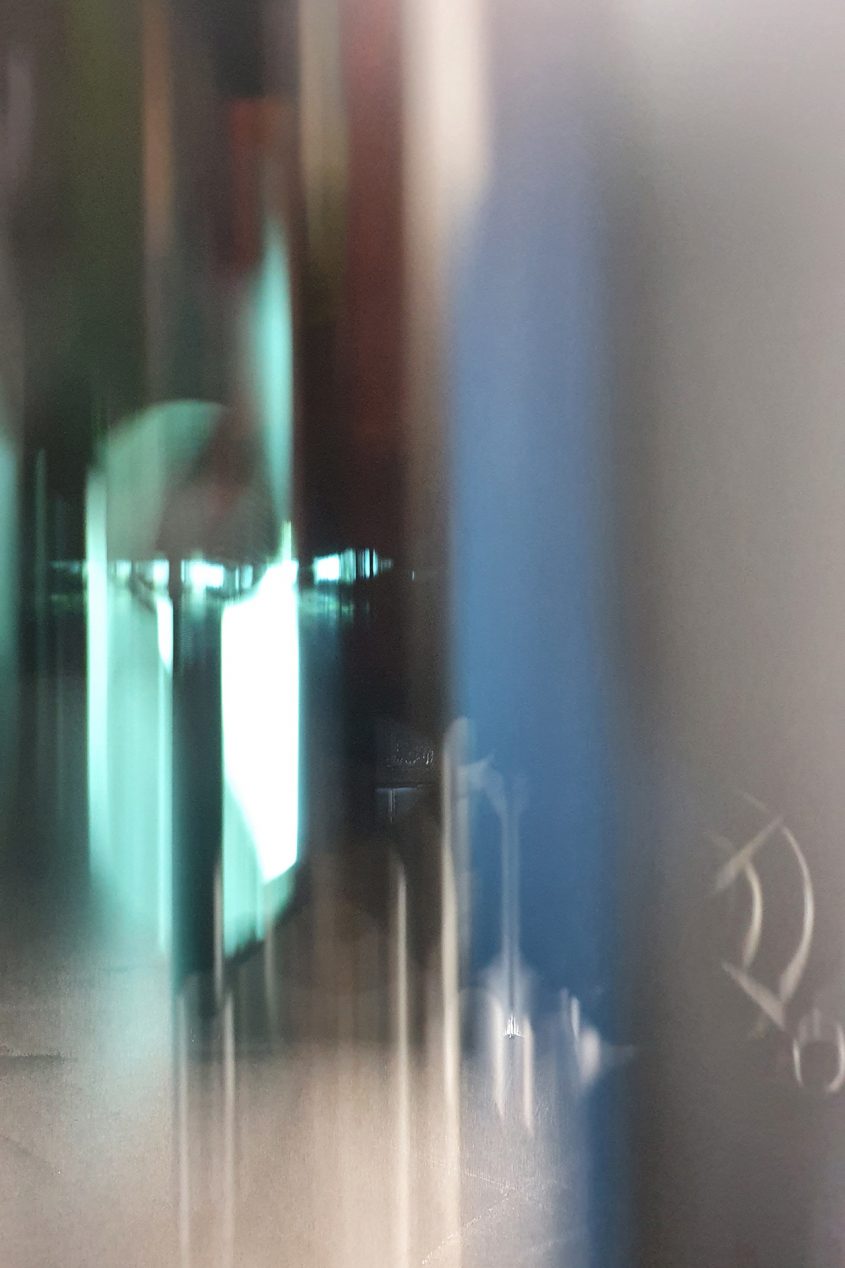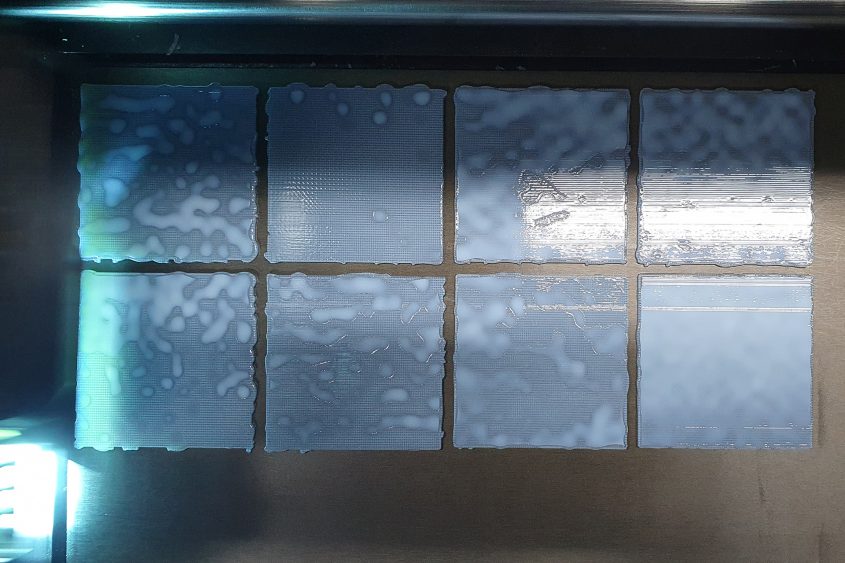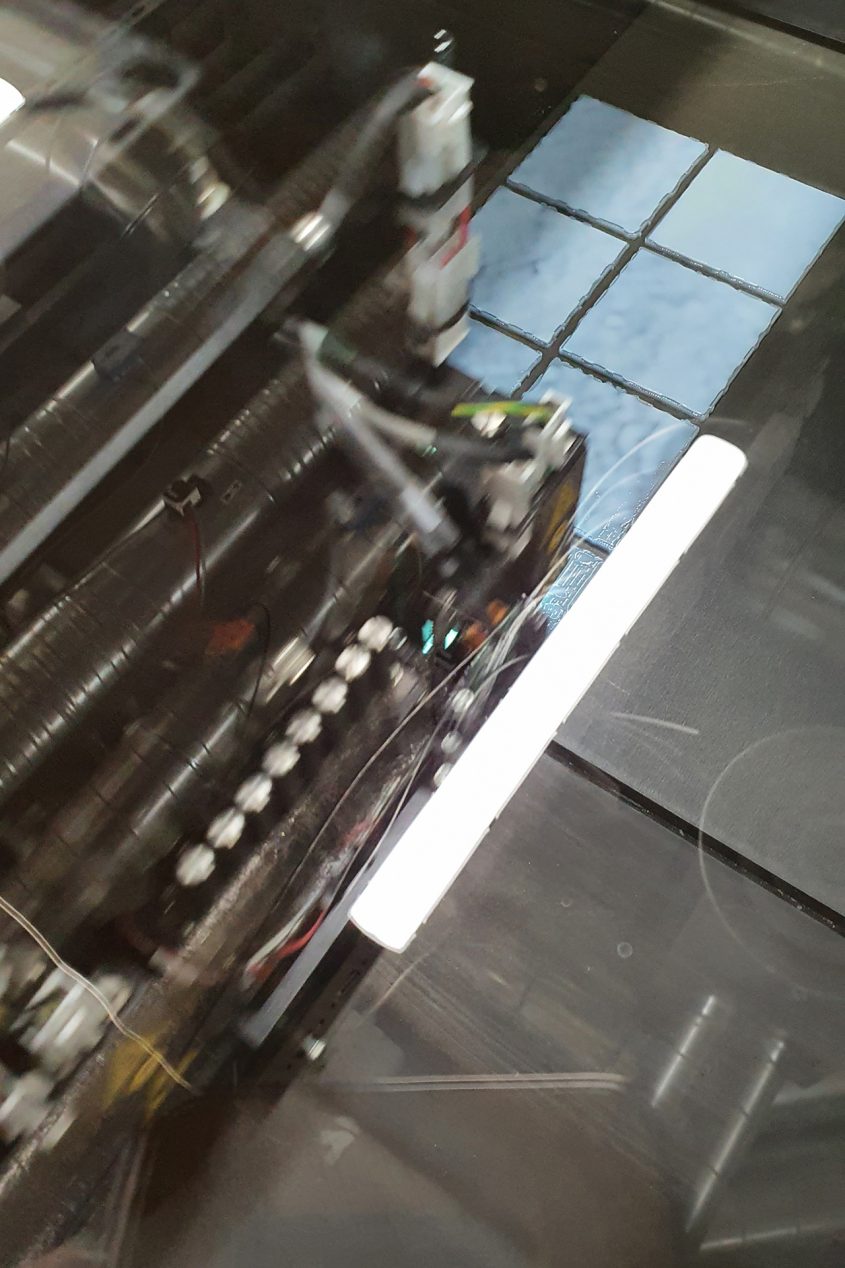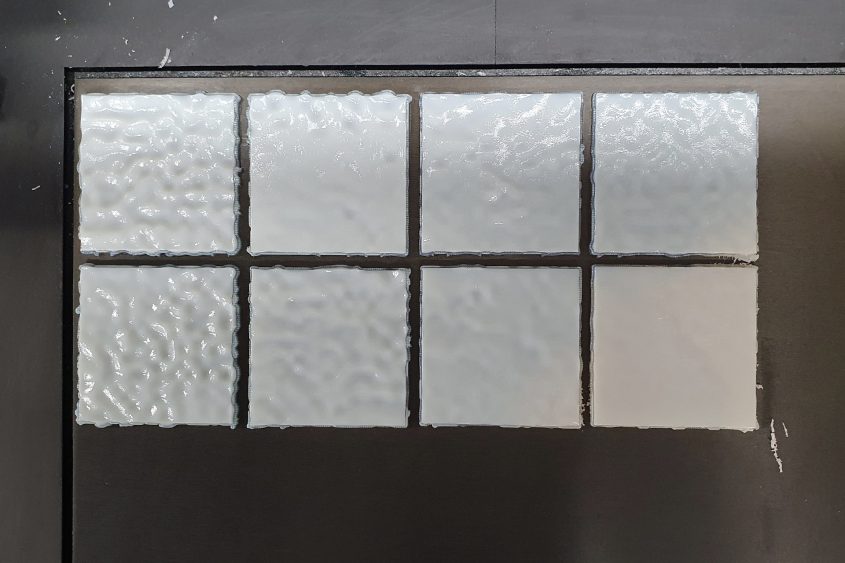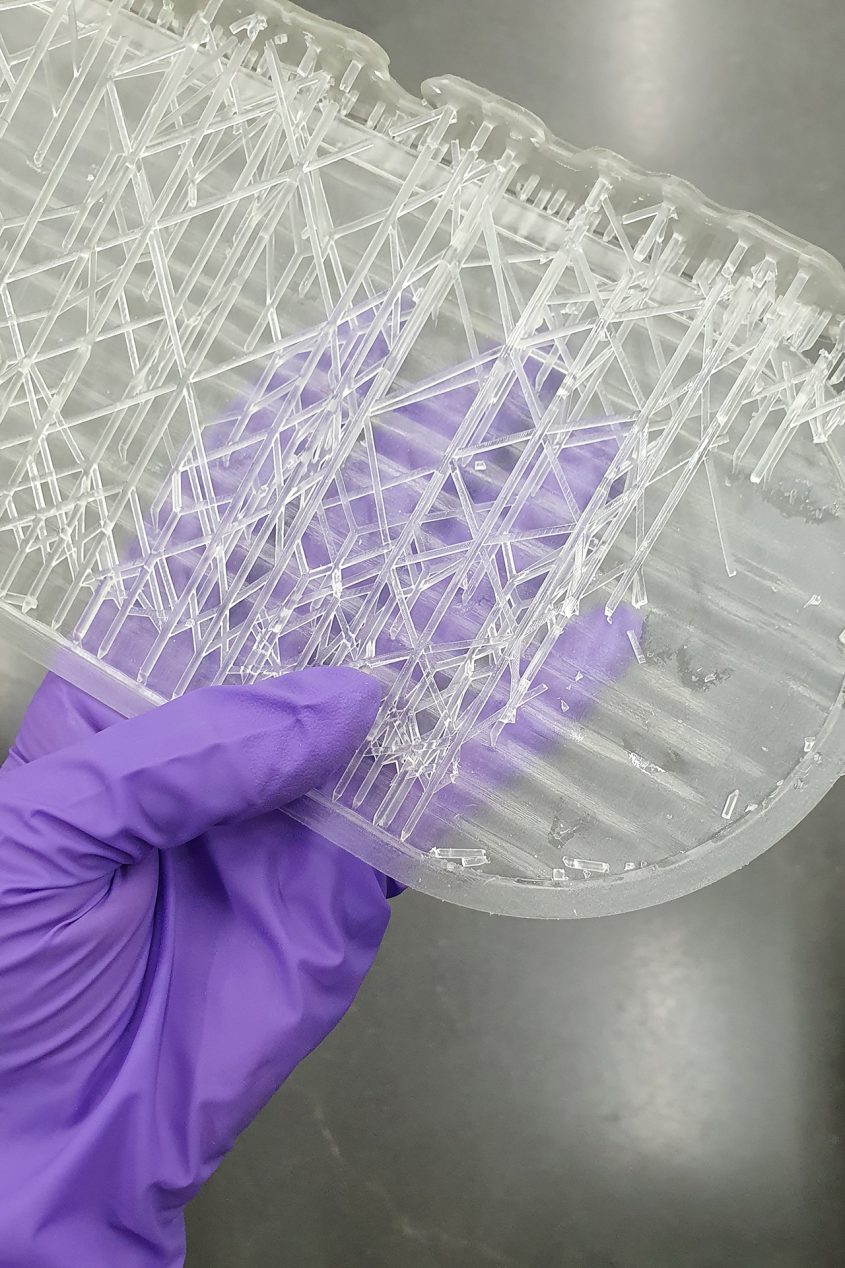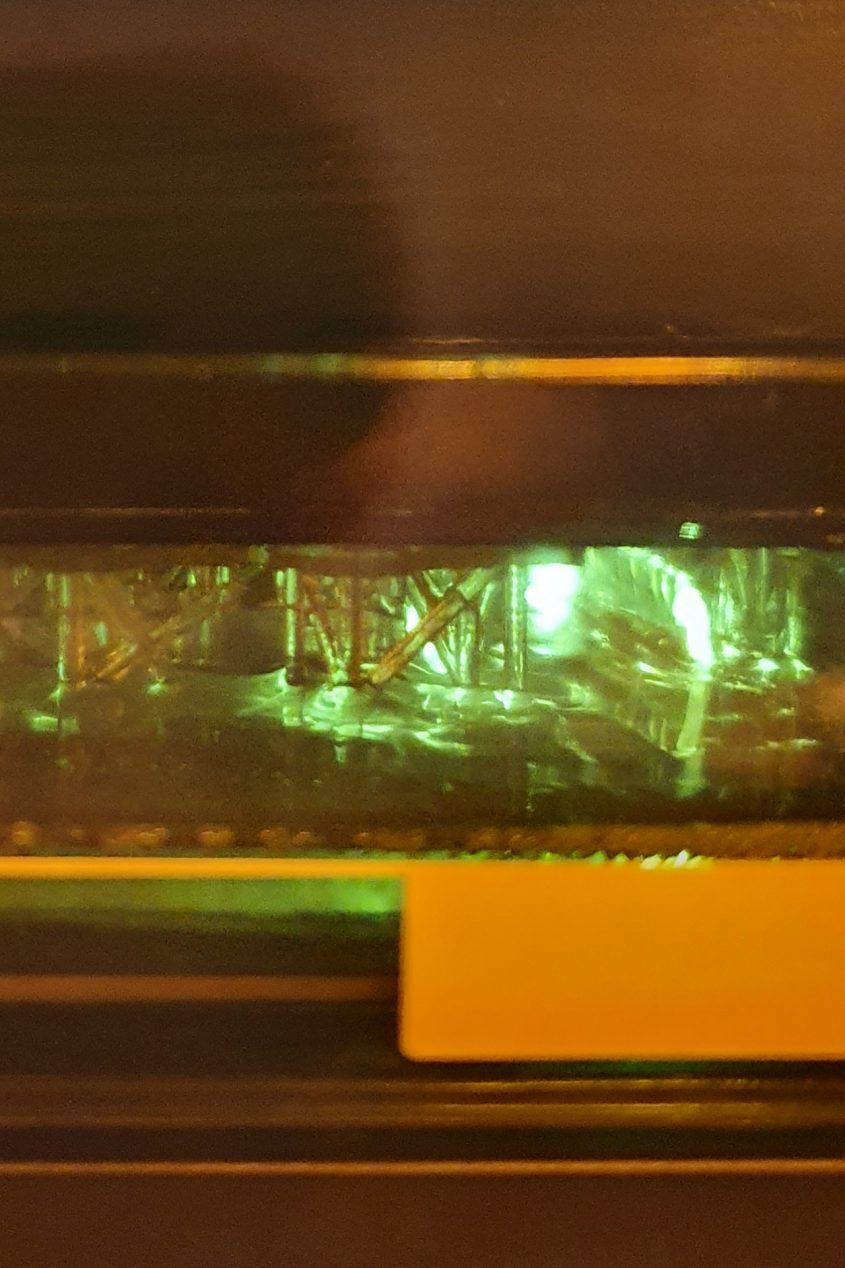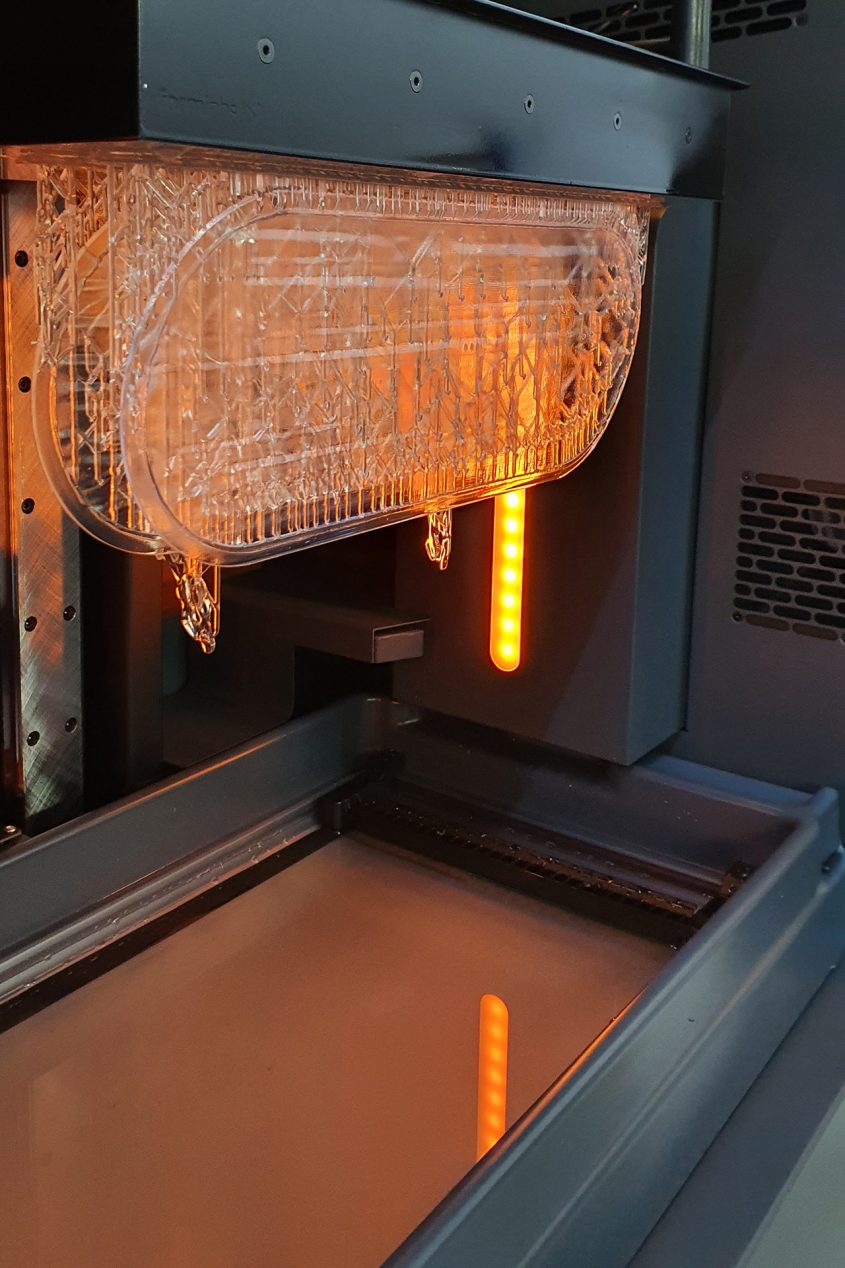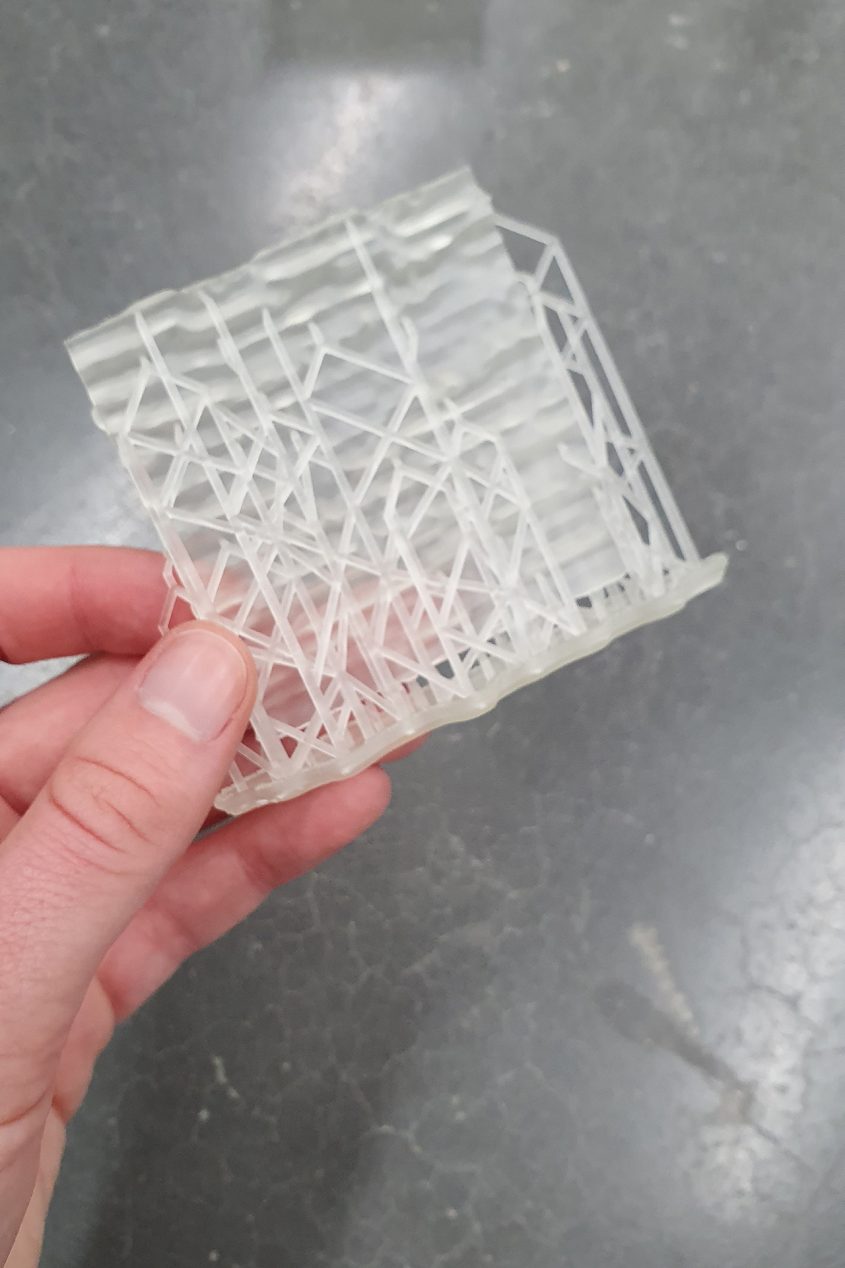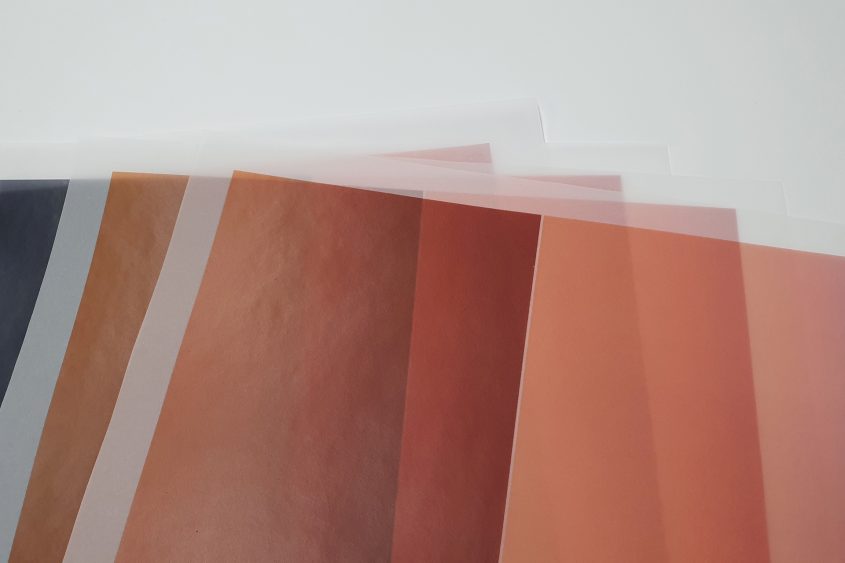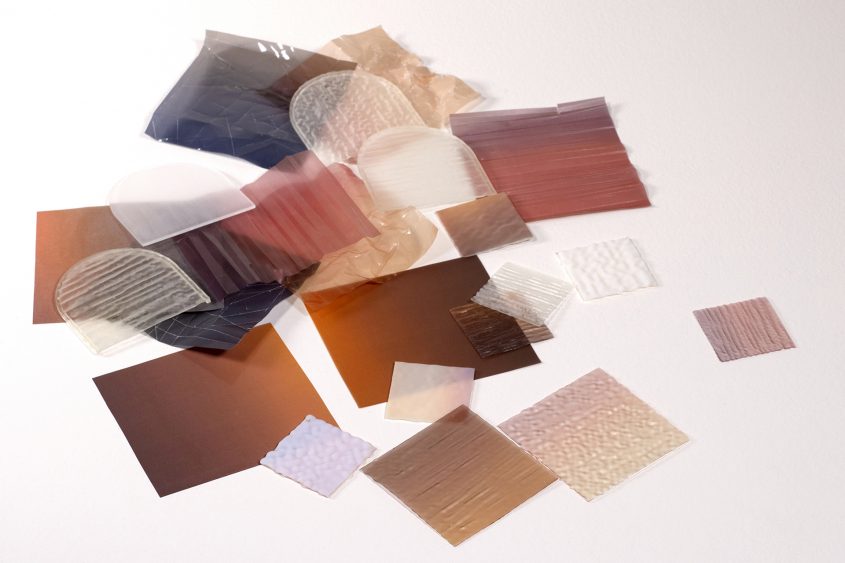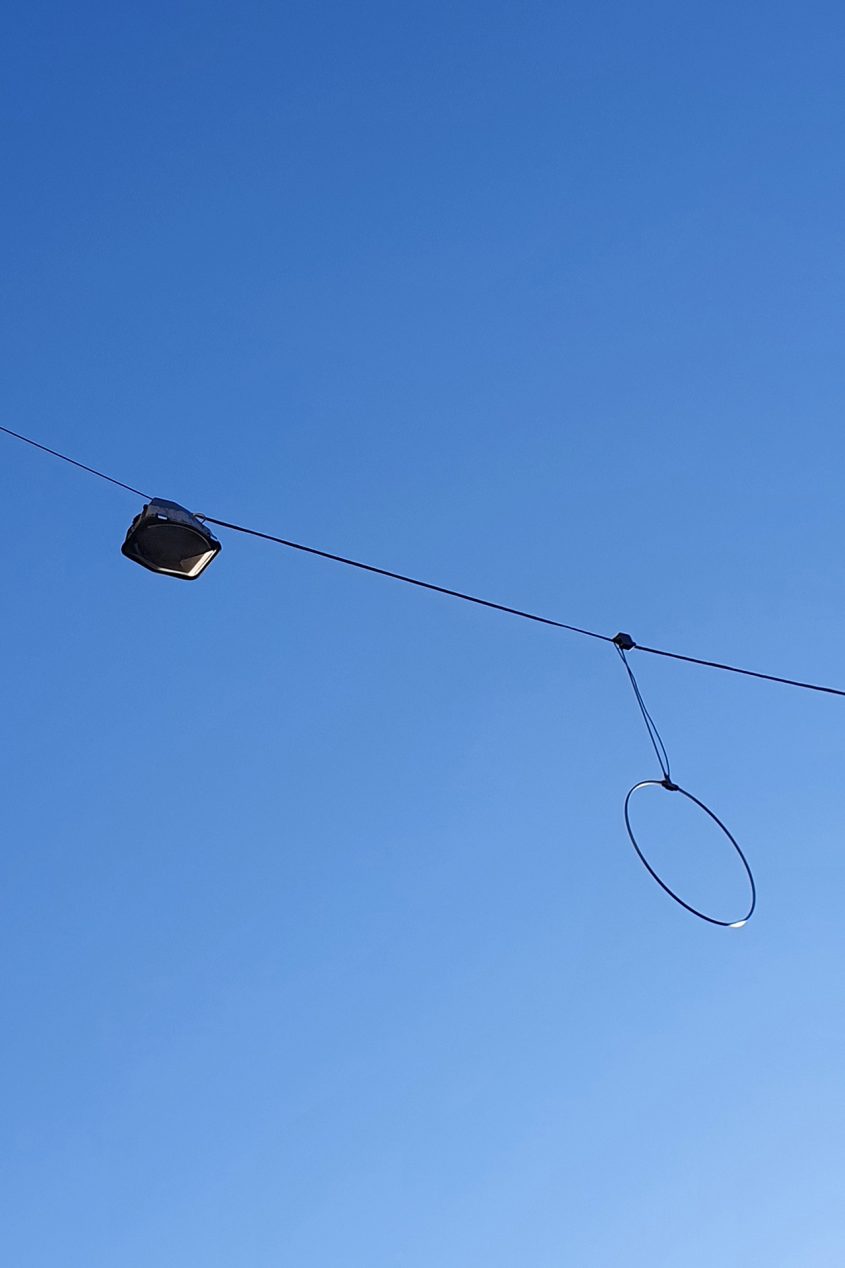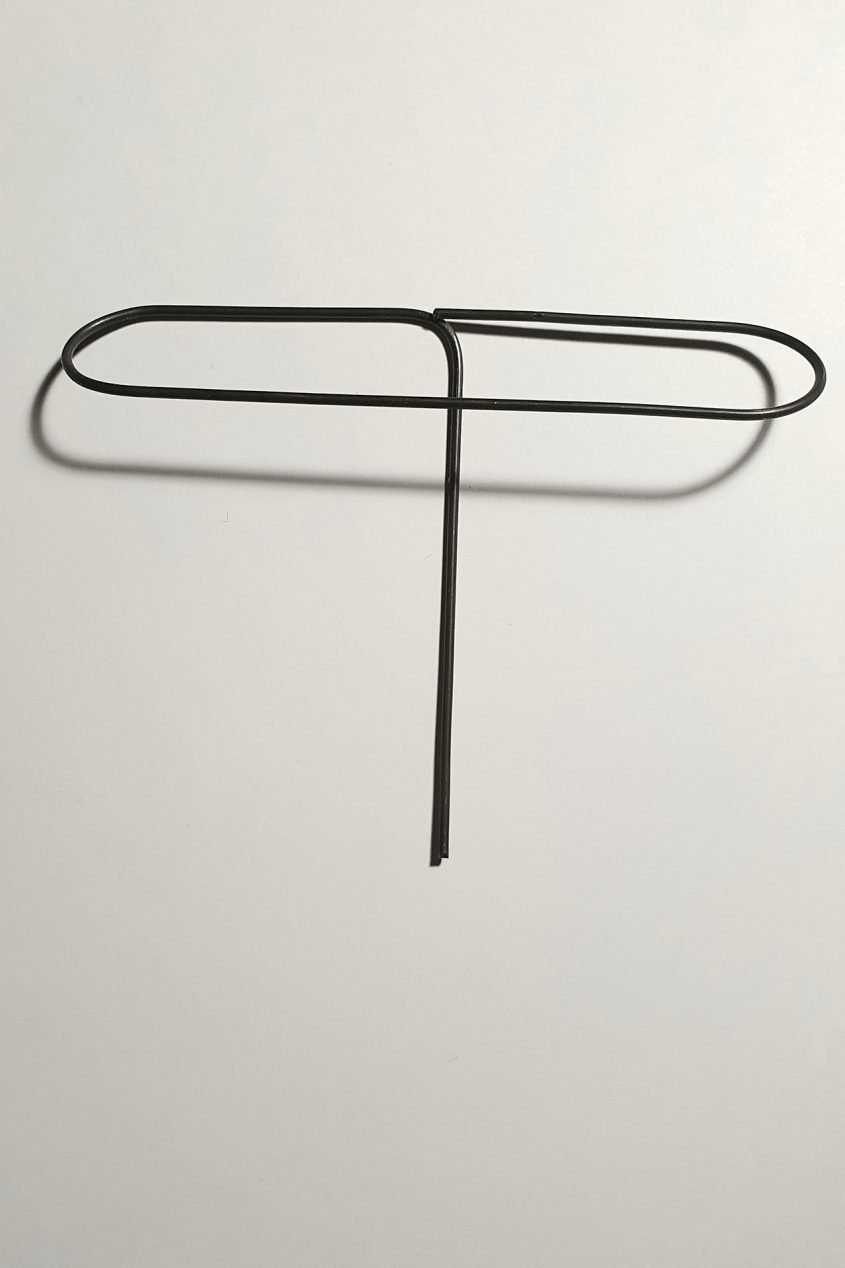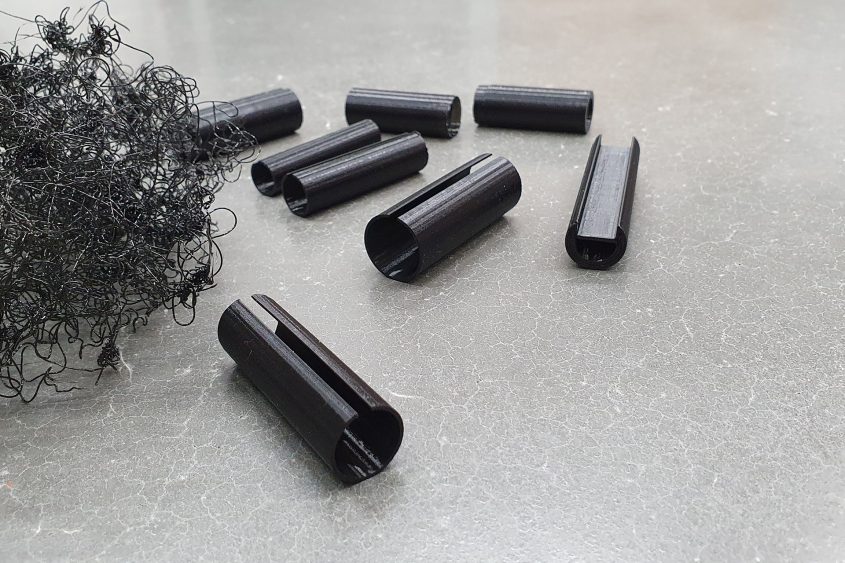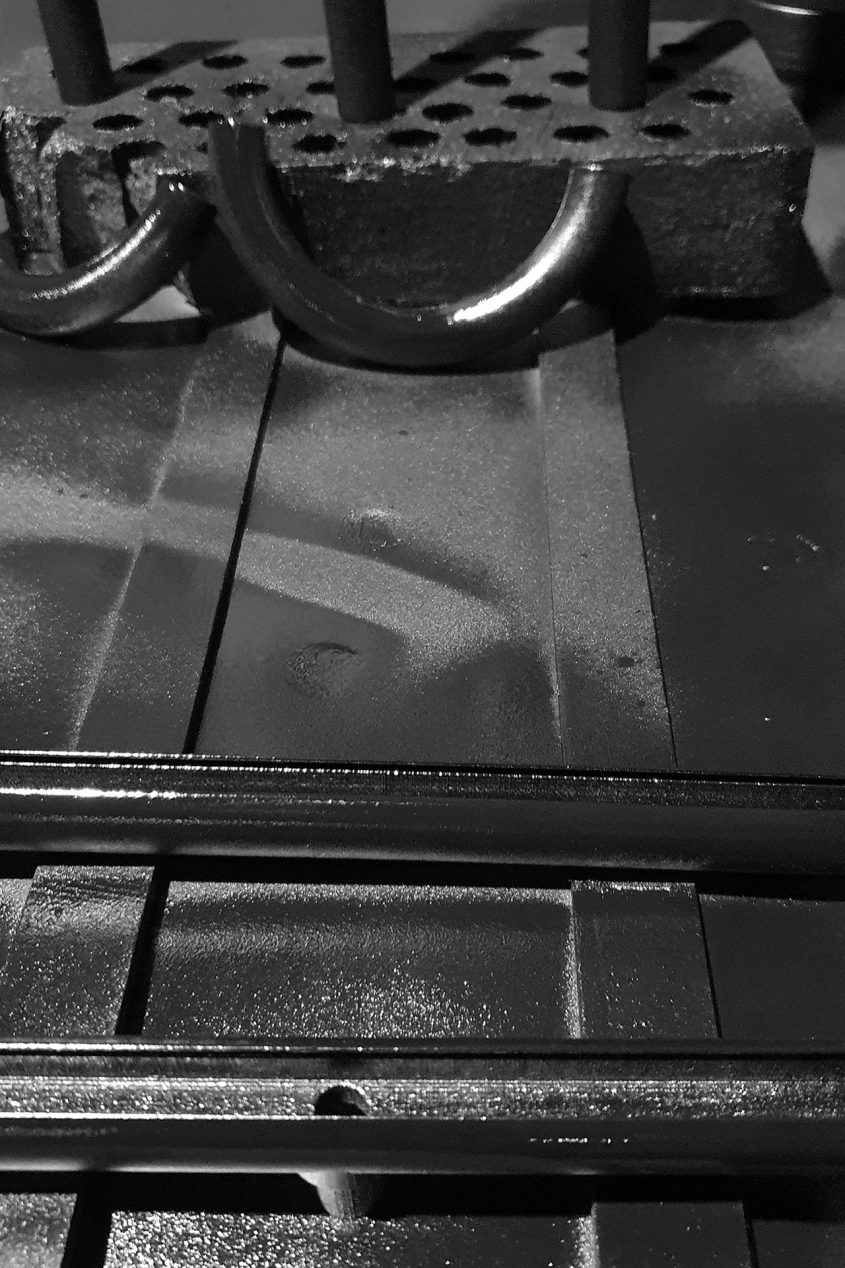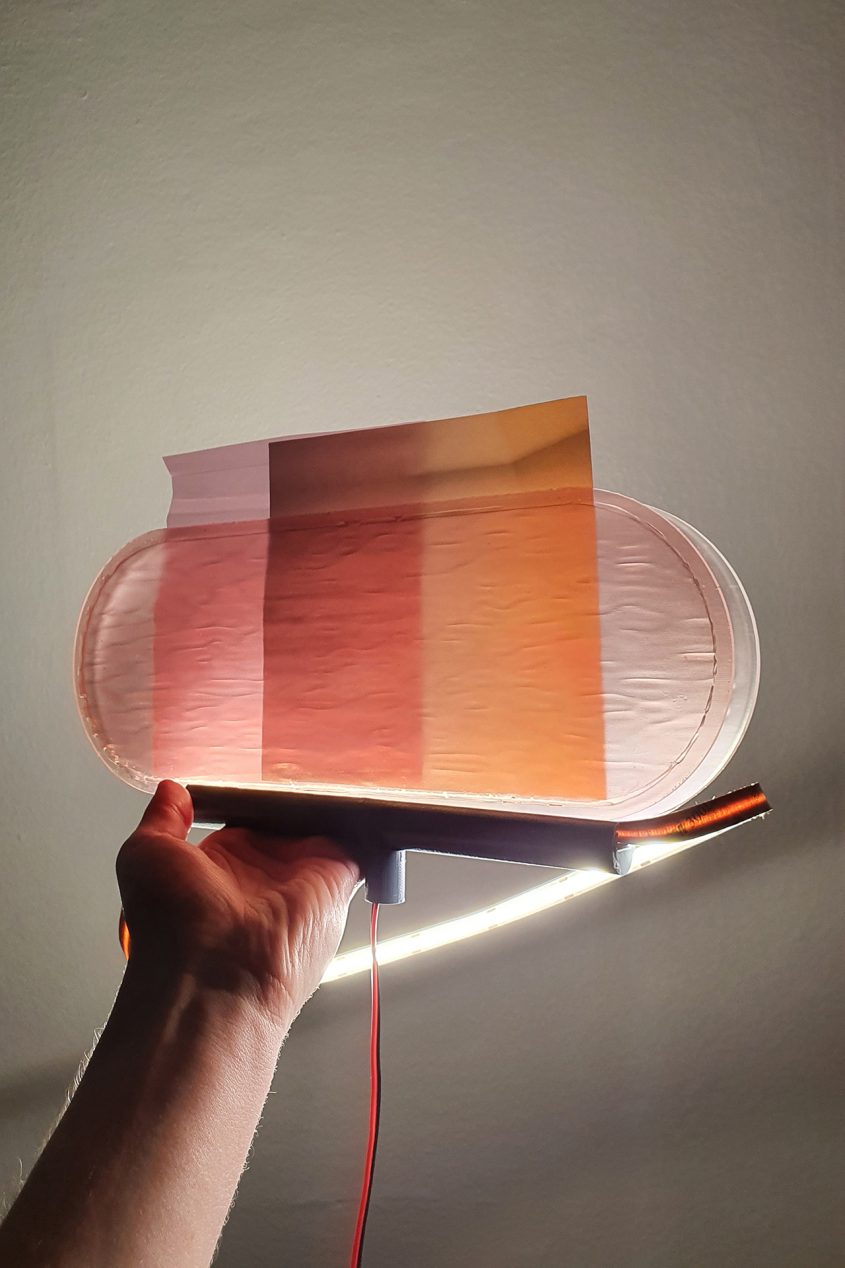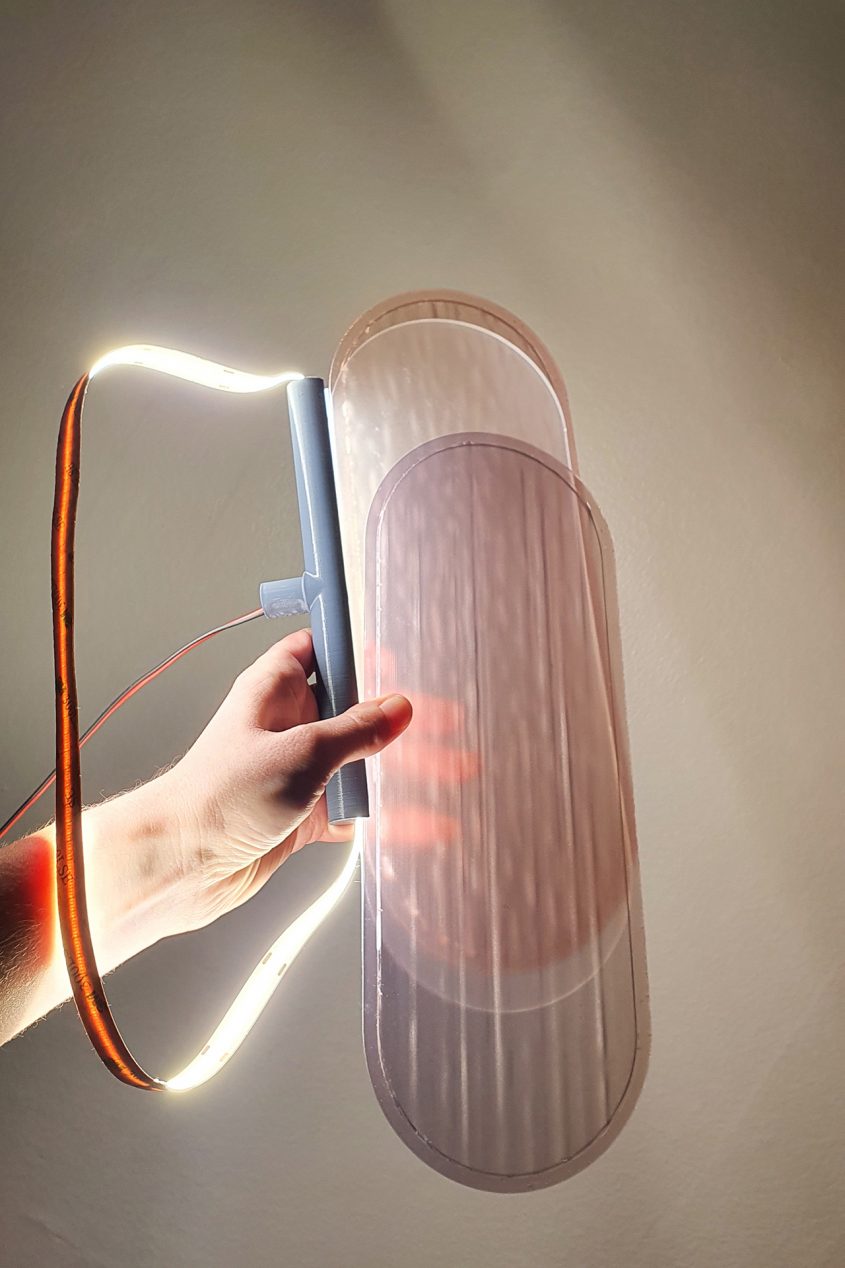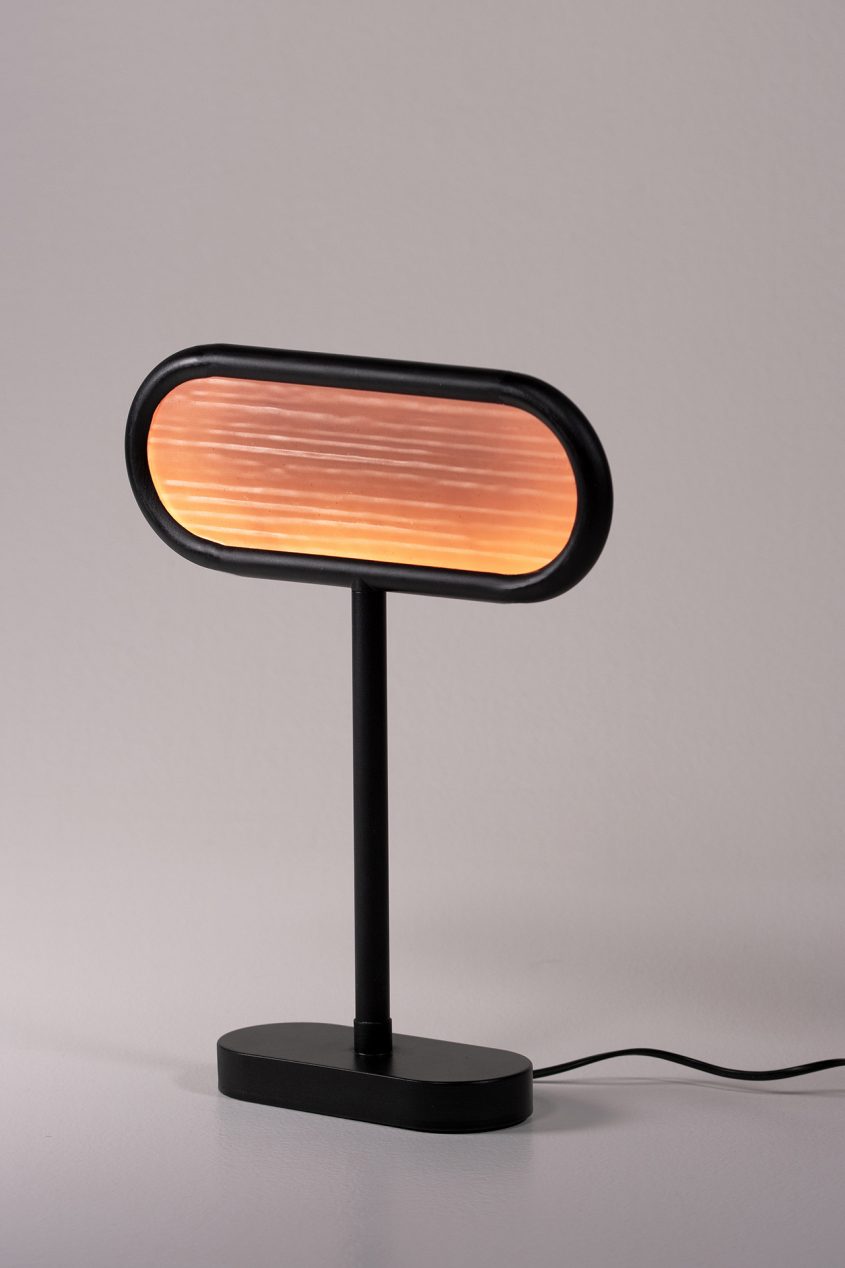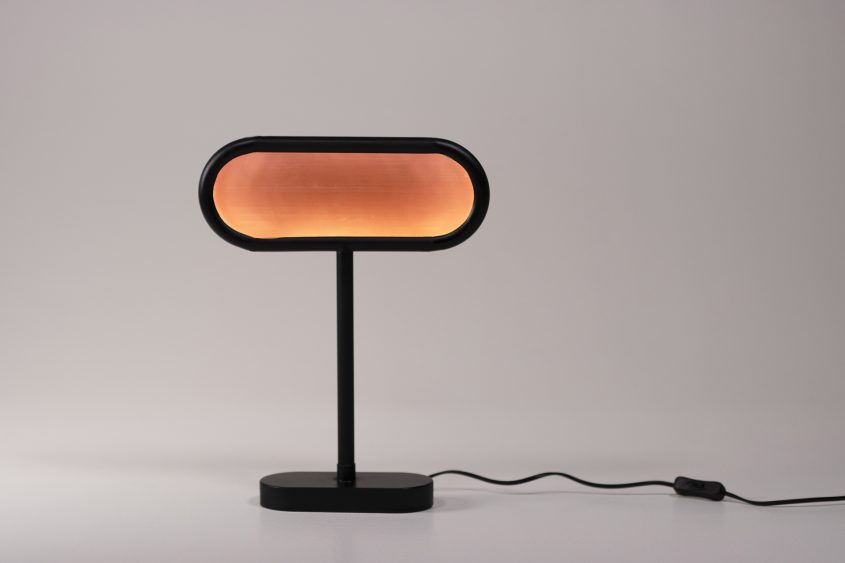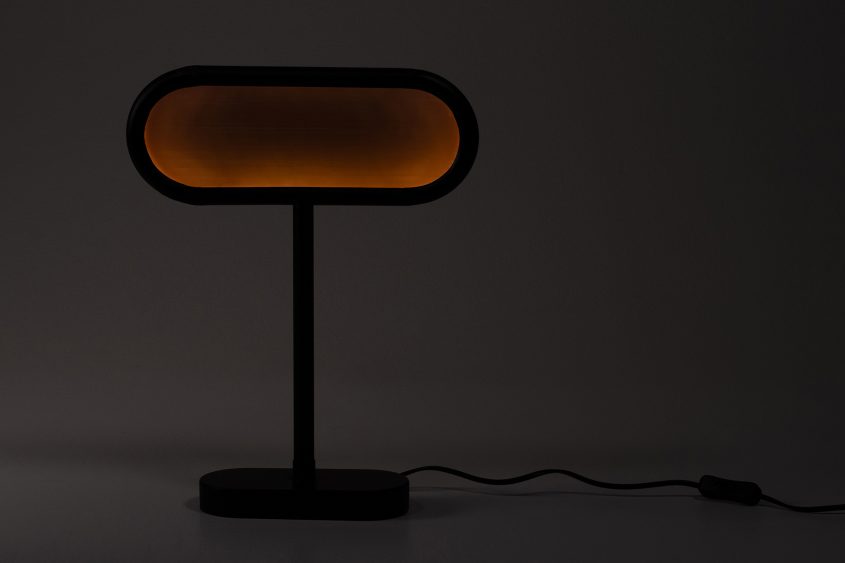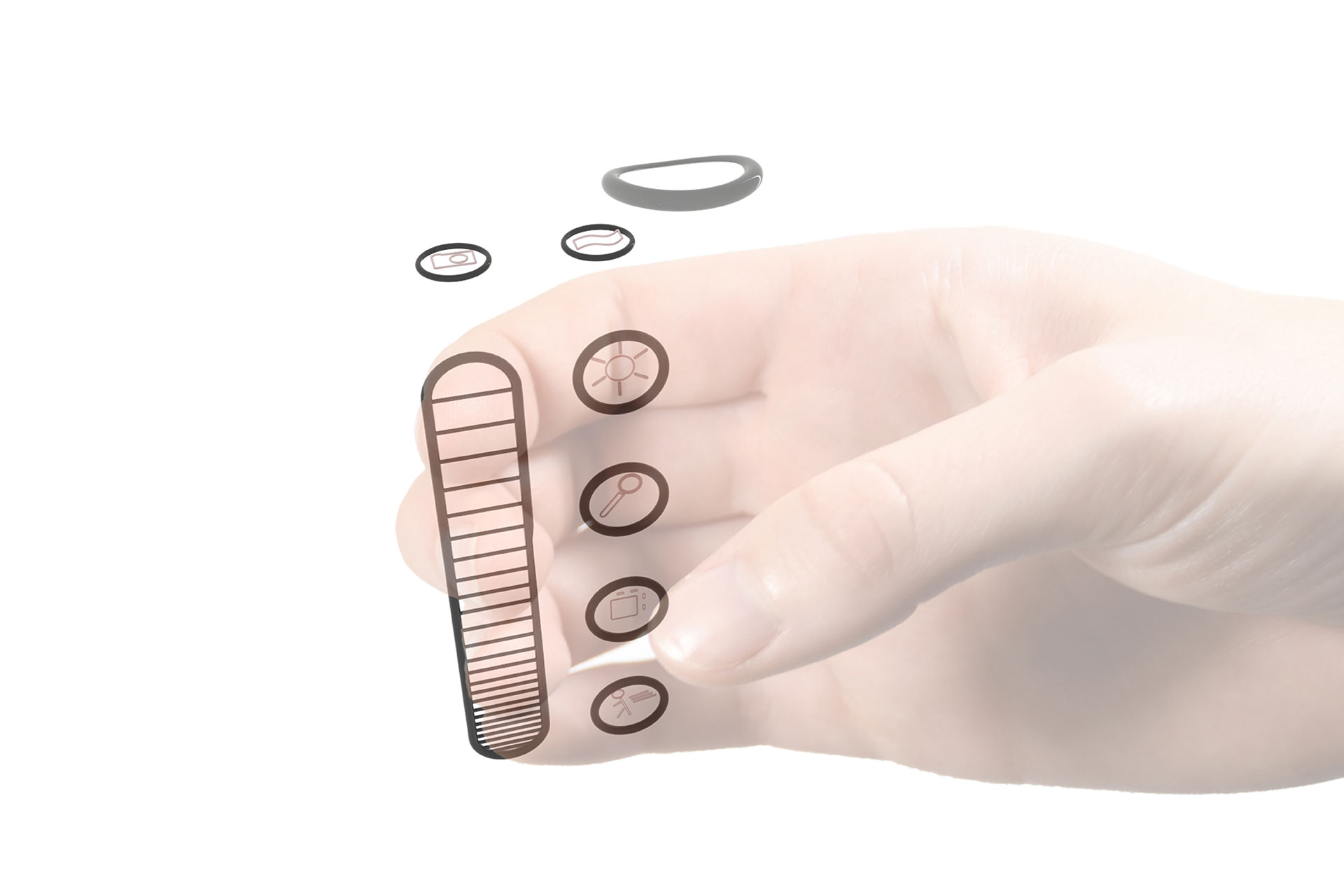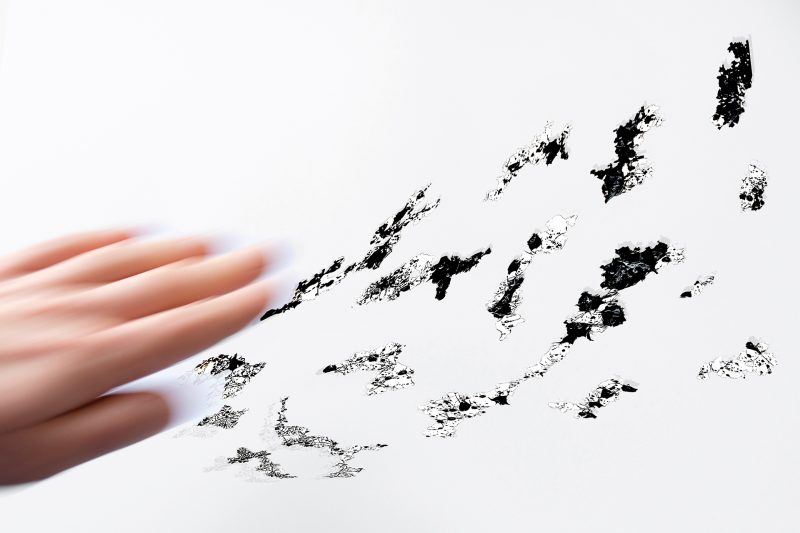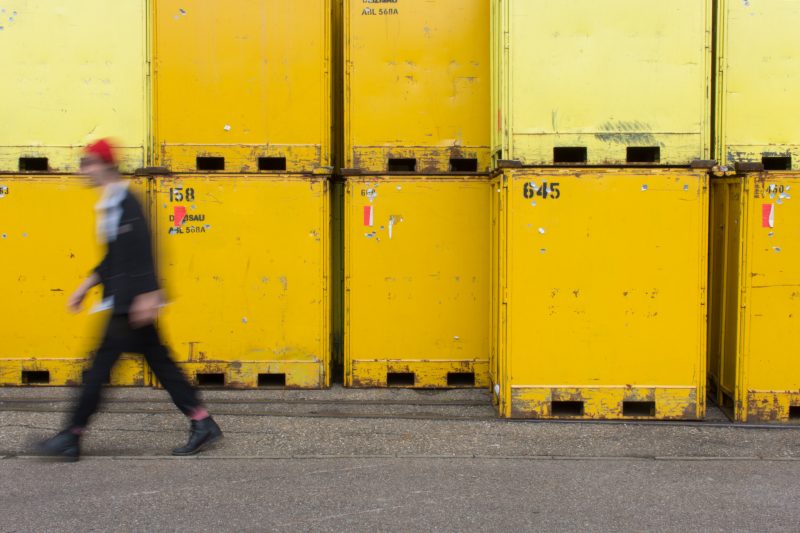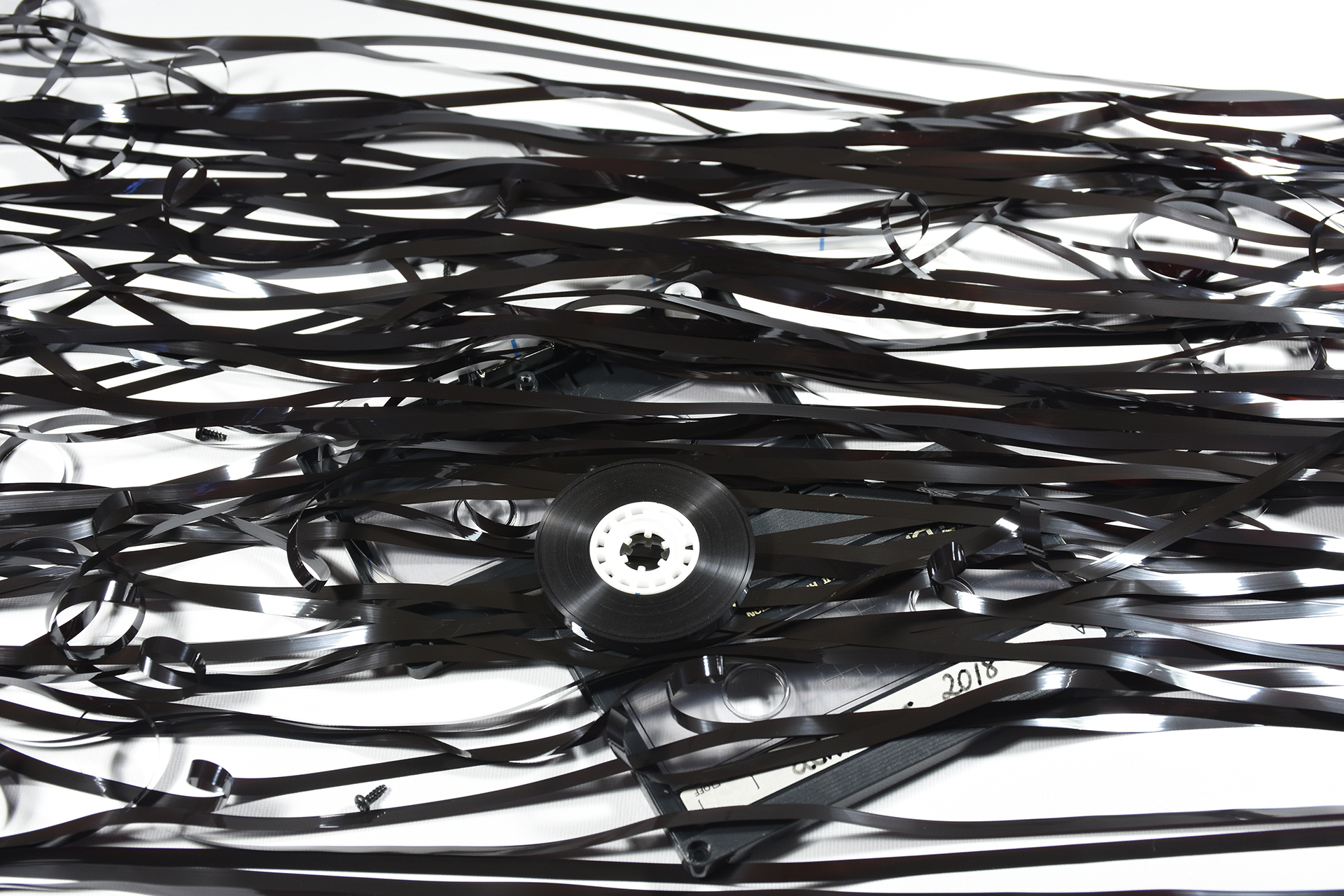The Hämärä lamp embodies the moment between light and dark – the suspended state of the Finnish dawn. The colour mood of the gloaming is documented in photographs over several months and transferred into transparent relief structures. The basis for this texture research is a combination of SLA resin and UV colour print. The visually tactile surface structures are framed in a series of luminaires and thus transport the glowing colour gradients of Hämärä into a lamp.
With the process of photographing I explore my surrounding world and analyse its appearance. In the Hämärä photography study, I was particularly fascinated by the artificial colours of nature. Gradients, the transitions between the individual colours, are particularly fascinating. The resulting photographs are not edited, the blending between the different colours results from the manual blurring through the camera lens. Through this manual modification, I consciously and actively perceive the abstraction of the colours. Each picture portrays details I observe through the camera lens.
The unique quality of photography is the capturing of a reality’s film still, a frozen moment of the past. This leads to particularly impressive snapshots of water movement. Photography makes it possible to obtain impressions that are not visible to the human eye. Further photography decelerates the movement to a standstill.
The appearance of water became another focus during my photographic study. The countries I travelled through, Finland, Sweden, Norway and Denmark, are particularly characterised by the element of water in their landscapes. The photographic snapshots of water movement show how varied surface structures are formed. Soft floating surfaces, reflecting lights, and linear wave repetitions are particularly impressively noticed by me. Through the medium of photography, relief structures can be captured and relief forms recognised.
Linear and organic reliefs and their light and dark parts are analysed and amplified via graphic abstraction. In this way, further details can be examined and understood. The brightness contrasts are of particular relevance for the further digital design process.
During studying the water structures, my interest moves towards the height profiles of the structures. In previous experimental projects, I have already come into contact with tools for digital relief creation. Building on this knowledge, I am expanding the photographic investigations into a digital 3D study. The Relief command creates a polygon mesh based on the greyscale values of an image file, black sections are drawn downwards while white sections are drawn upwards. The grey levels are smoothly transferred to a height profile in between.
Following the digital relief creation made from the photographed water structure, I plan to transfer them back into the material world. The 3D printing workshop at Aalto University offers a variety of different technologies. In this workshop, I get the opportunity to test different techniques and to materialise the digital reliefs. I focus on the following two 3D printing processes: Polyjet Print and SLA Print.
With the Polyjet ABS 3D Print (Connex 350 Stratasys) an object is built up layer by layer via linearly arranged nozzles that function similarly to the print head of an inkjet printer. UV-sensitive photopolymers are often used as the model material. The raw material is polymerised immediately after being „printed“ onto the already existing layers by means of UV light and thereby transformed from the initial liquid-state into the final solid-state. For my material studies, I use a white polymer.
The SLA Clear Resign 3D Print (Form 3 Formlabs) uses liquid resin as the basis printing material. A support structure is built up to stabilise the printed structures. This framework allows fragile parts to be supported during printing. The support structures are removed during the post-processing of the object. With the SLA process, very fine layers can be printed that are almost unnoticeable. For my relief studies, I use a translucent resin.
The resulting material studies printed with the Polyjet such as the SLA printer are overprint with photographed colour gradients. The colour gradients are given an exciting depth by printing them onto the structured material surface. The combination of relief 3D printing and colour printing makes the visual photographic studies tangible.
In parallel to the relief studies, I begin to investigate luminaires in the outdoor space. During city walks, I capture shapes and outlines. I am particularly interested in the frame as a design detail and how it is connected to the lampshade. I also develop an interest in round shapes in lighting.
The frame, apart from its aesthetic appearance, primarily fulfils the function of connecting the two relief resin surfaces and the LED strip. The inherent tension of the material is used to create a clamp that presses the single components together. The middle part of the lamp is made of aluminium tubes to which the upper part of the lamp is attached. The single parts, consisting of the four frame segments, the central rod in 2 length versions, and the lamp base are finely sanded and lacquered with a black silk matt colour.
The concept of the product is based on photographic studies of colour gradients and water reliefs. The combination of the two creates translucent reliefs that are produced using an SLA resin printer. They are evenly illuminated with the use of a surrounding LED strip. The colours seem to glow from within.
The fascination for colours and structures in nature form the basis for a series of digital and physical relief studies and are resulting in the Hämärä lamp design.

